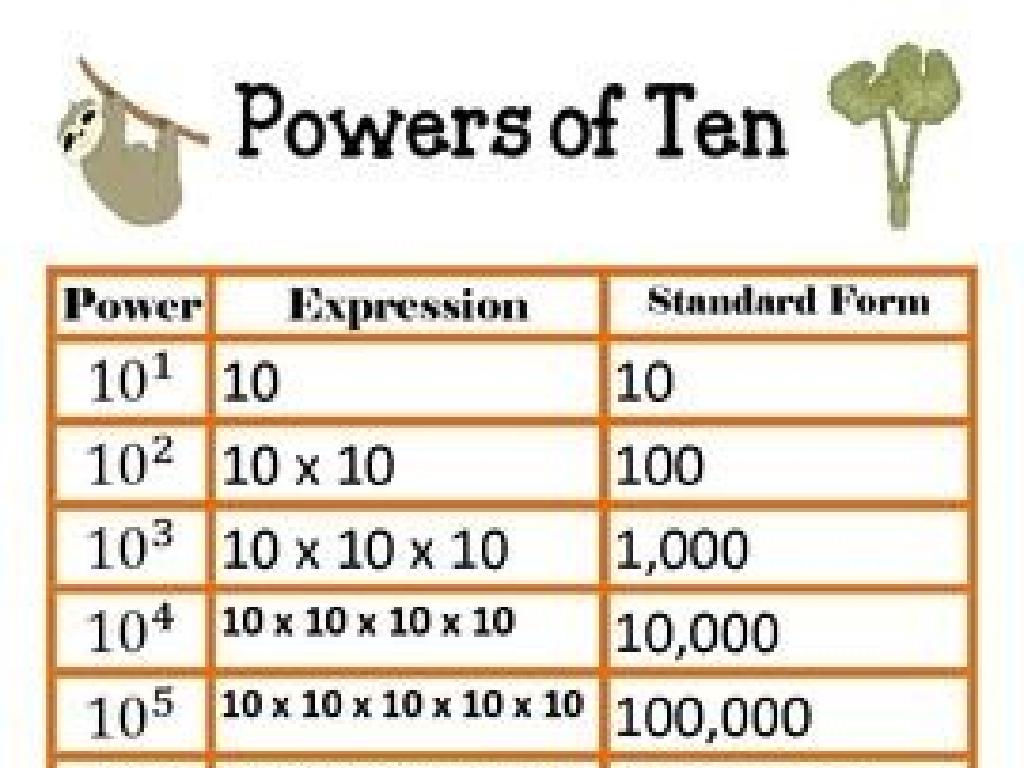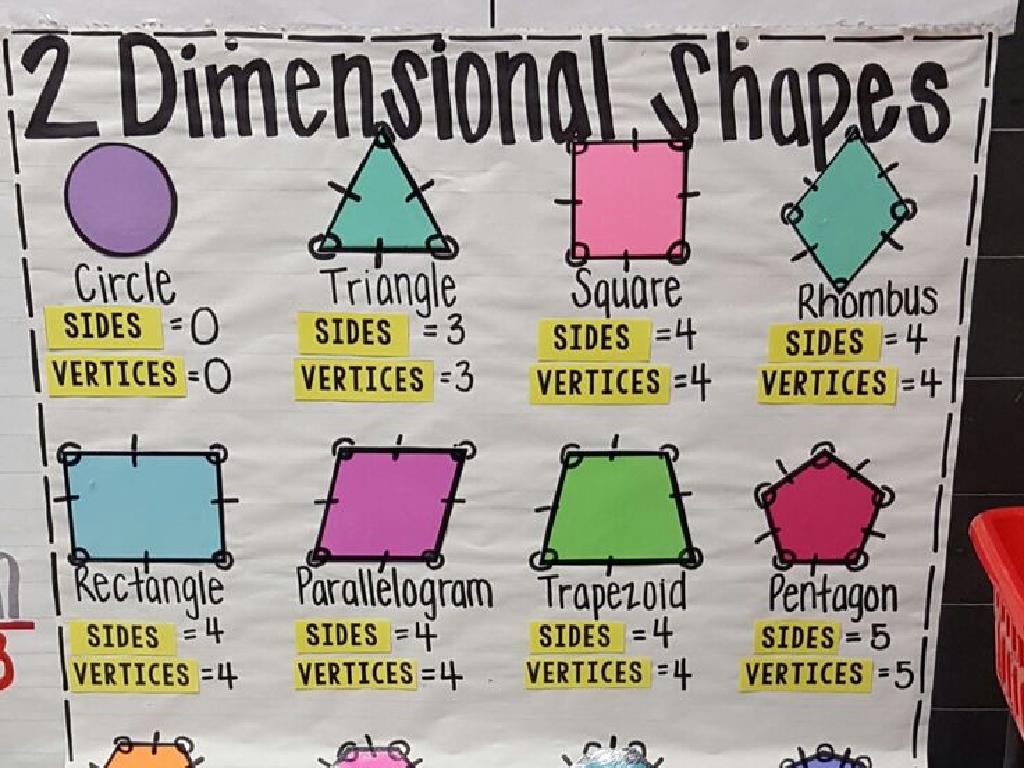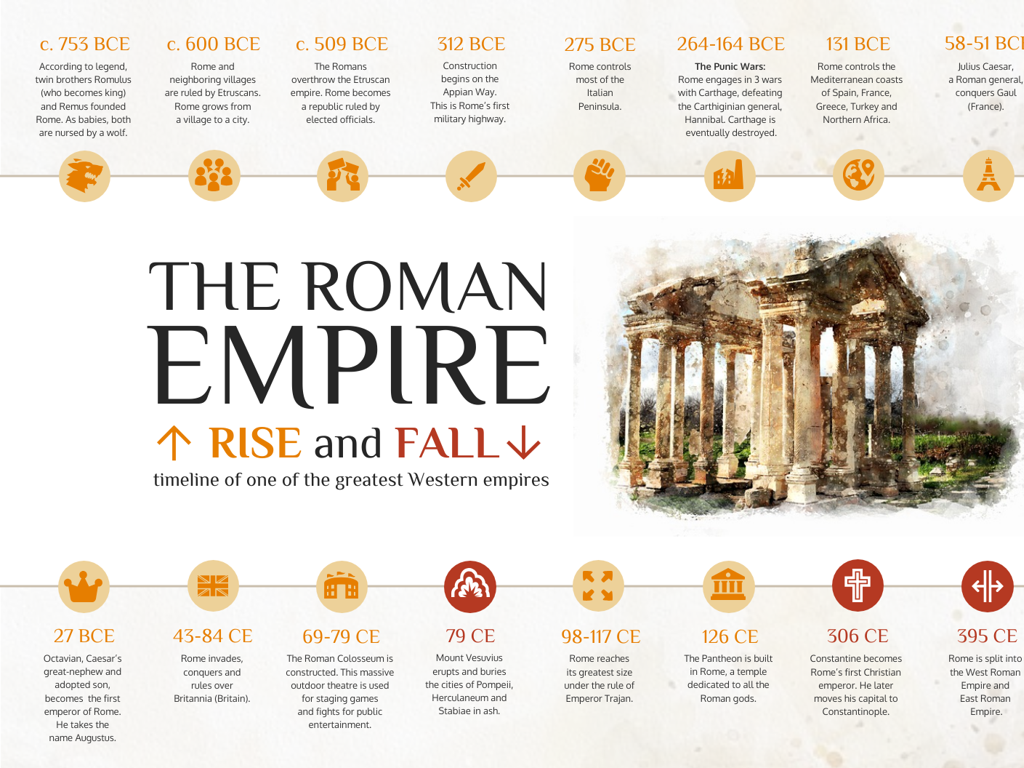Find The End Time: Word Problems
Subject: Math
Grade: Third grade
Topic: Elapsed Time
Please LOG IN to download the presentation. Access is available to registered users only.
View More Content
Understanding Elapsed Time
– Learn about time and clocks
– Time is measured in seconds, minutes, and hours.
– Define elapsed time
– Elapsed time is how long an event takes, from start to finish.
– Importance of elapsed time
– Helps us manage daily activities and schedules.
– Practice with word problems
– Use examples like starting and ending of school or a TV show.
|
This slide introduces the concept of elapsed time, which is a fundamental skill in time management for third graders. Begin by discussing the basics of time and how clocks help us keep track of it. Explain that elapsed time is the total time taken for an event to occur, starting from the beginning to the end. Emphasize the importance of calculating elapsed time in everyday life, such as knowing how long a class lasts or how much time is left before bedtime. Provide simple word problems for students to apply their understanding of elapsed time, ensuring to use relatable scenarios for their age group. Encourage students to share their methods for determining elapsed time and to discuss any challenges they encounter.
Telling Time Review
– How to tell time
– Review clock face and where the hands point
– Hour hand vs. minute hand
– Hour hand is shorter, minute hand is longer
– Read time to nearest 5 minutes
– Look at where the minute hand points on the clock
|
Begin with a quick refresher on how to read a clock, emphasizing the position of the hour and minute hands. Explain that the short hand shows the hour and moves slower, while the long hand shows minutes and moves faster. Practice reading times that are rounded to the nearest five minutes, as this is a crucial skill for solving elapsed time word problems. Use a variety of clock visuals to demonstrate different times. Encourage students to practice with clocks at home and to become comfortable with identifying the time to the nearest five minutes. This foundational skill will help them with more complex time calculations in future lessons.
Understanding Time: Start, End, and Duration
– ‘Start Time’: When it begins
– ‘End Time’: When it finishes
– Calculating duration
– Duration is the time between start and end. How long is a movie that starts at 2 PM and ends at 4 PM?
– Practice with word problems
– We’ll solve problems to find how long events last.
|
This slide introduces the concepts of ‘Start Time’, ‘End Time’, and ‘Duration’ to help students solve elapsed time word problems. Start Time refers to the beginning of an event, while End Time is when the event concludes. To find the duration, students will learn to calculate the difference between the Start and End Times. Provide examples such as the length of a movie or a school class to make it relatable. In the next class, practice with word problems that require finding the duration of various events. This will help students apply the concept of elapsed time to real-life situations. Encourage students to share how they calculated the duration and to explain their thought process.
Calculating End Time: Simple Word Problems
– Understanding elapsed time
– Step-by-step problem solving
– Add the duration to the start time
– Example: Movie duration
– If a movie starts at 3 PM and lasts 1 hour, it ends at 4 PM
– Class practice problem
– Let’s solve a problem as a class
|
This slide introduces students to the concept of elapsed time through a relatable example of movie duration. Begin by explaining that elapsed time is the time that passes from the start of an event to its end. Walk the class through the steps of solving elapsed time problems, emphasizing the addition of the duration to the start time. Use the movie example to illustrate this point in a context familiar to the students. After explaining the example, present a similar problem for the class to solve together, fostering a collaborative learning environment. This activity will help students apply the concept of elapsed time to real-life situations and enhance their problem-solving skills.
Complex Elapsed Time Problems
– Train journey duration example
– If a train starts at 9:15 AM and ends at 10:50 AM, how long is it?
– Steps to solve complex problems
– Break down the problem into smaller, manageable parts.
– Class solves a problem together
– We’ll work through a problem as a class, step by step.
– Understanding AM and PM times
– Learn the difference between morning and afternoon times.
|
This slide introduces students to more challenging elapsed time word problems. Start with an example problem involving a train journey from 9:15 AM to 10:50 AM. Explain the steps to approach these problems, such as breaking them down into full hours and remaining minutes. Engage the class in solving a similar problem together, guiding them through each step and encouraging participation. Emphasize the importance of understanding AM and PM when calculating elapsed time. Provide additional examples if time permits and ensure students are comfortable with the concept before moving on.
Independent Practice: Elapsed Time Problems
– Solve elapsed time problems
– Use class strategies for help
– Think about the steps we practiced in class, like using a number line or counting by fives.
– Double-check your answers
– Look back over your work to catch any small mistakes.
– Aim for accurate solutions
|
This slide is meant to guide students through independent practice of elapsed time word problems. Students should apply the strategies they’ve learned in class, such as using number lines, counting by fives, or breaking down the problem into smaller, more manageable parts. Remind them that checking their work is crucial to ensure accuracy. Provide several practice problems for them to solve, and encourage them to approach each problem methodically. As they work, circulate the room to offer support and answer questions. After the practice, have a discussion about the different strategies used and which ones were most effective.
Class Activity: Timekeepers
– Group time calculation exercise
– Each group gets start & end times
– Calculate the elapsed time
– Use clocks or number lines to find the difference
– Present methods & answers
– Explain how you found the elapsed time
|
In this interactive class activity, students will work in small groups to practice calculating elapsed time, which is the amount of time that passes from the start of an event to its end. Provide each group with a set of start and end times, and have them determine the elapsed time using tools like clocks or number lines. Encourage students to discuss their strategies within their groups. After the activity, each group will present their methods and findings to the class, allowing students to learn from each other’s approaches. Possible activities could include calculating the time spent at school, the duration of a lunch break, or the time taken to complete a homework assignment. This will help reinforce their understanding of time concepts in a practical and engaging way.
Wrapping Up: Elapsed Time
– Recap of elapsed time lesson
– Homework: 5 word problems
– Solve problems to find end times
– Remember: Practice is key
– Bring questions next class
– Any difficulties? We’ll solve them together!
|
As we conclude today’s lesson on elapsed time, remind students of the key concepts they’ve learned. For homework, they are to solve five word problems that involve finding the end time, which will help reinforce their understanding. Emphasize the importance of practice in mastering elapsed time calculations. Encourage them to attempt the problems on their own but also to bring any questions or challenges they face to the next class for discussion. This will not only help them but also provide insight into common areas where they may need further explanation or practice.





